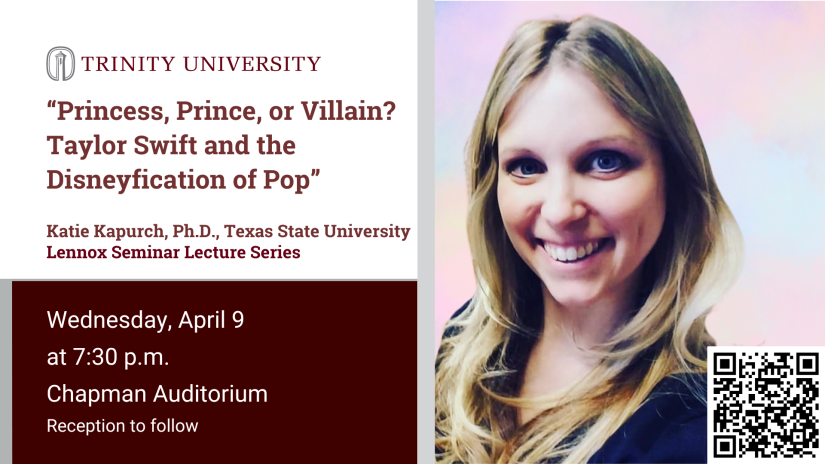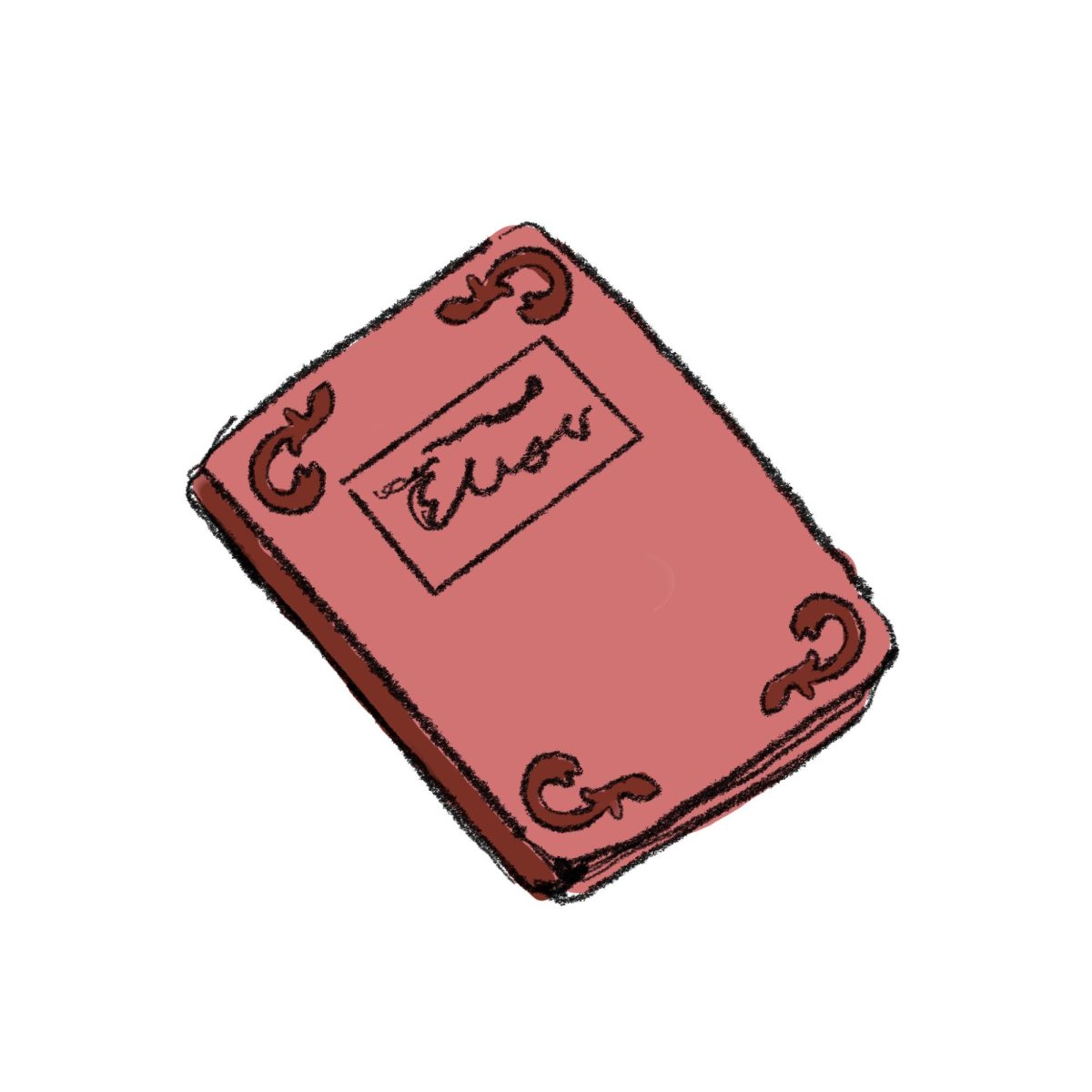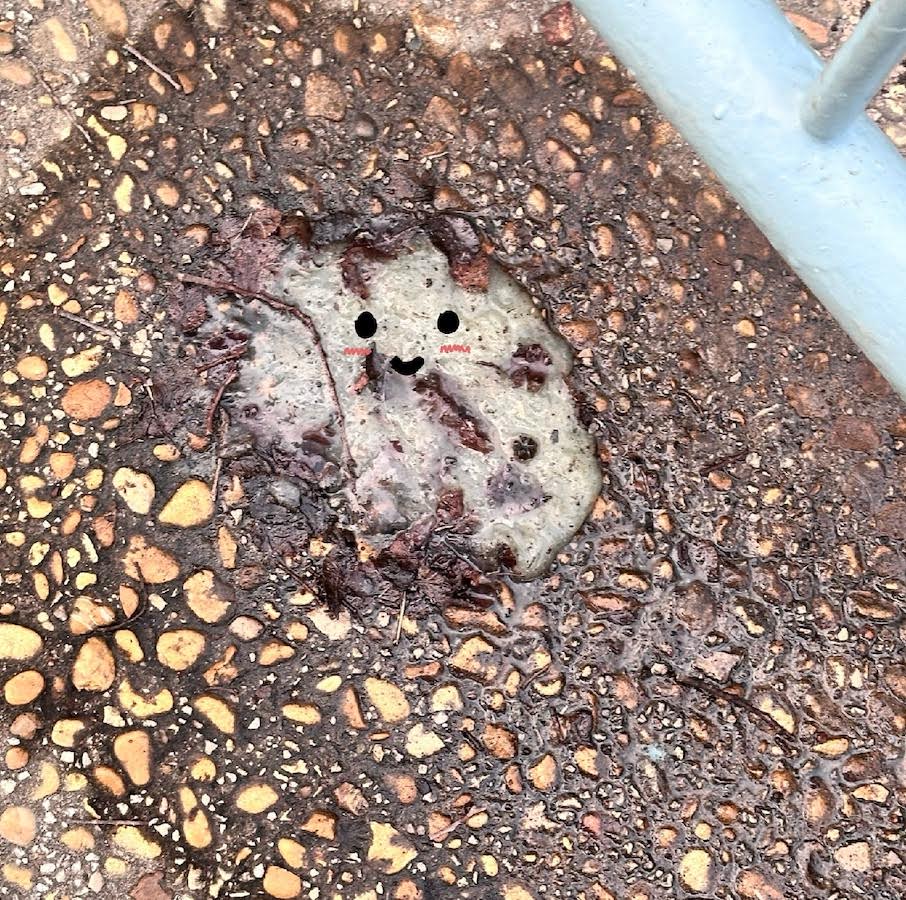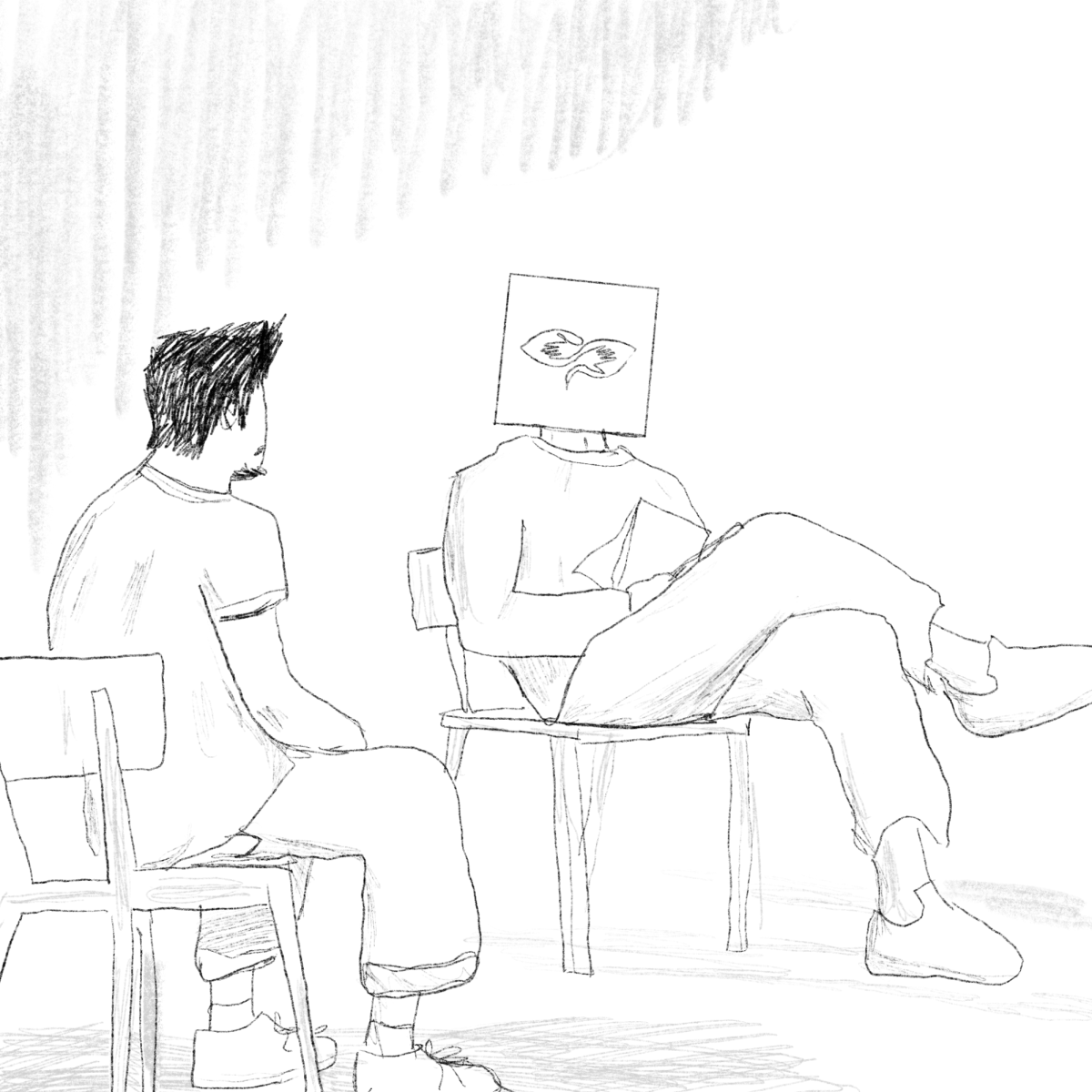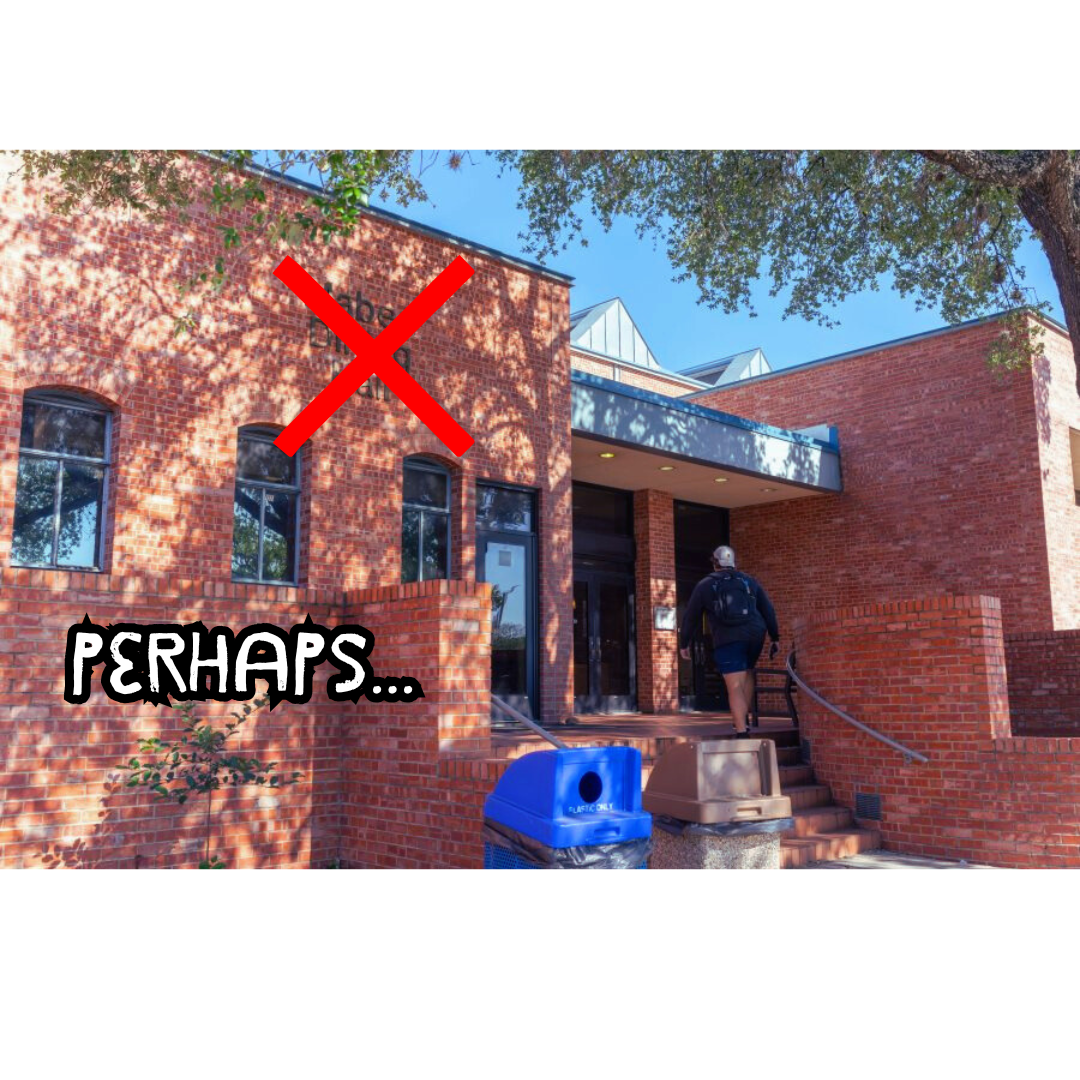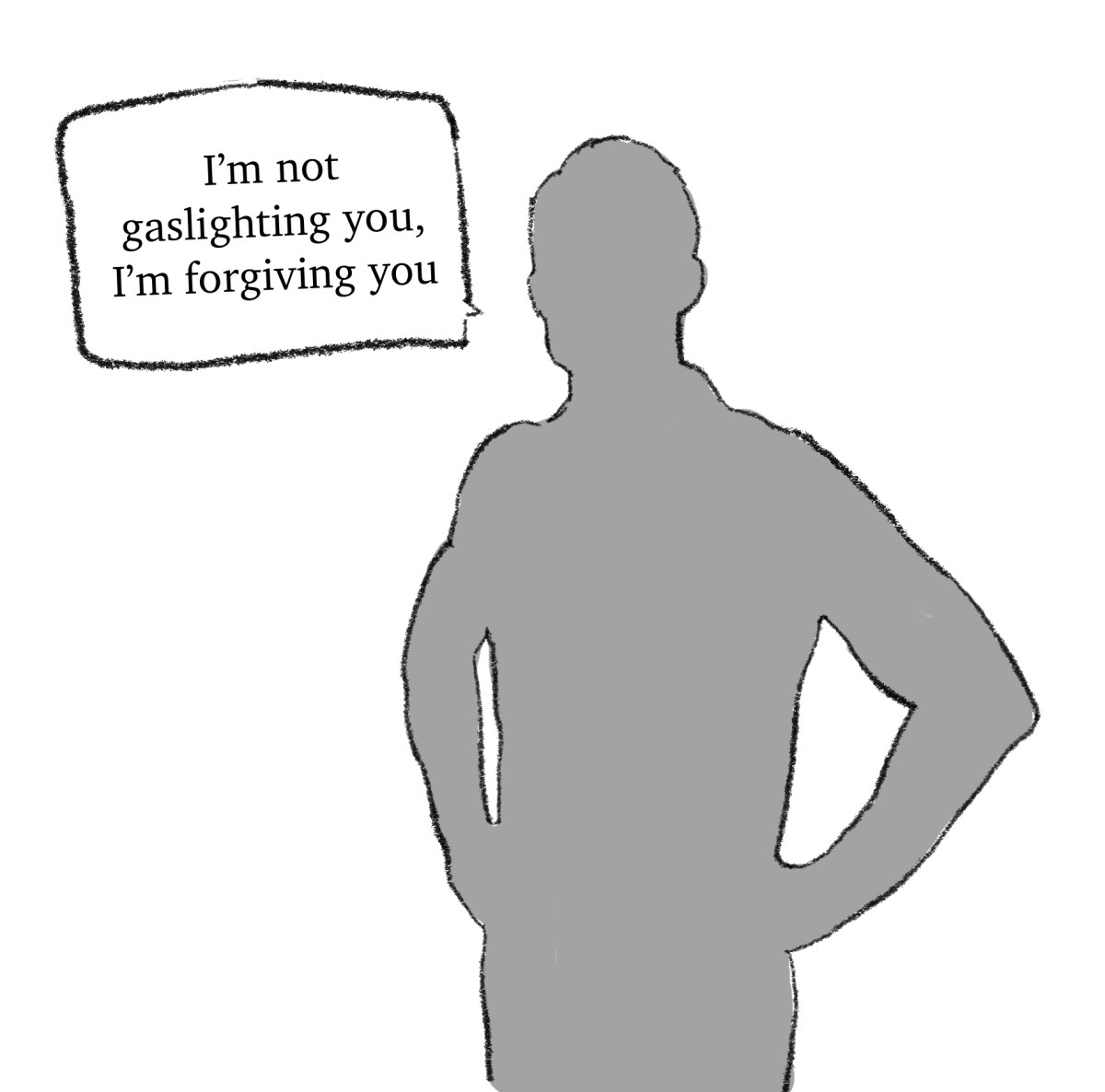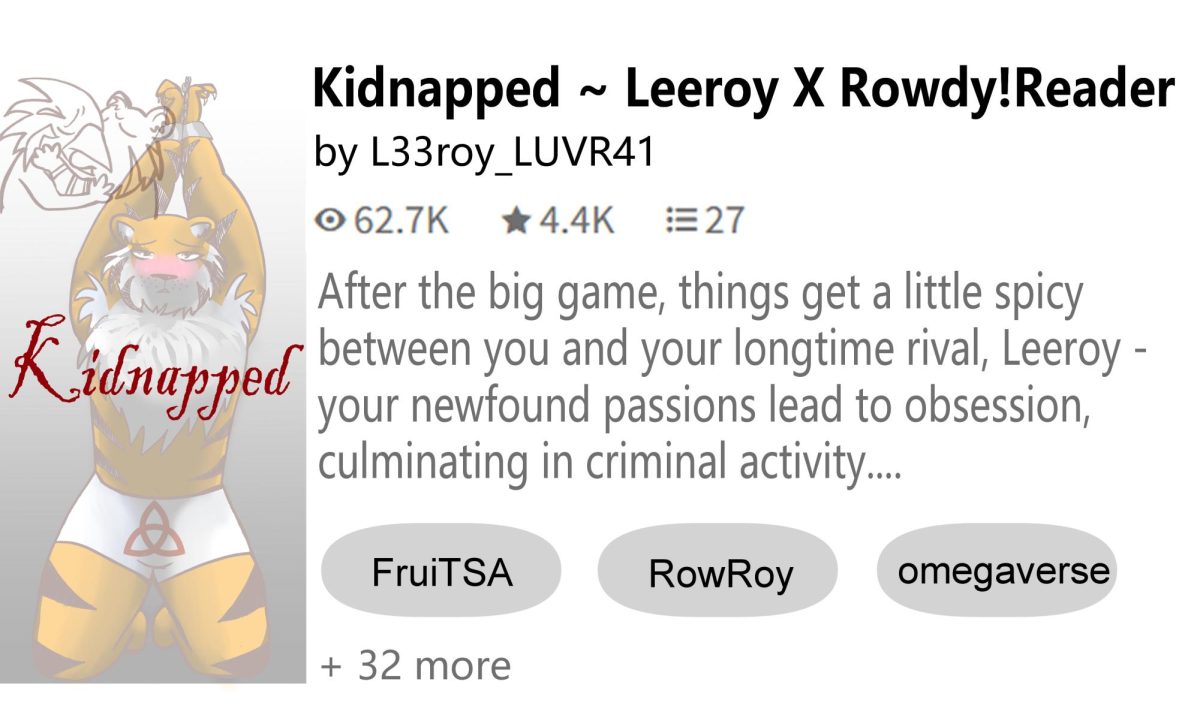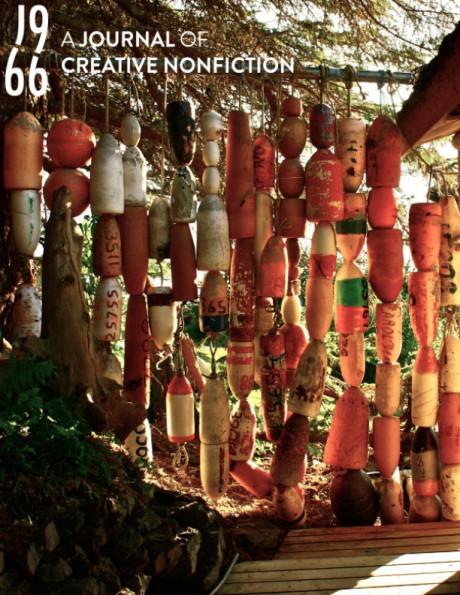
“1966,” named for the year in which several major works of creative nonfiction were published in “The New Yorker,” “Esquire,” and in authors’ collections, publishes research-based creative nonfiction. The literary magazine went live Feb. 28 of this year, marking a clean and successful launch by its student staff and editor, Kelly Carlisle, assistant professor in the English department. However, the work that went into it was less straightforward than they initially anticipated.
“The first issue was definitely a learning process. There were definitely moments of panic: Would we get enough submissions? Would they be of the quality we hoped to publish? Would we meet our deadline? Luckily, I feel the answer to all of those questions was yes. Our first issue was up and running on Thursday, Feb. 28 at approximately 6:07 p.m.,” said Mallory Conder, a senior and one of the two design team members.
The above questions and concerns felt by the staff did seem to be answered in the affirmative, considering the amount of traffic the site has had so far.
“Founding a magazine and creating the first issue was harder than any of us imagined, but the student staff pulled together and did an excellent job. On the first day we had something like 320 visitors to the site, and we’re currently at about 30 a day, which I think is great for a brand-new literary journal. submissions for the next issue are also coming in fairly steadily””we’ve got plenty to read,” Carlisle said.
Carlisle founded the magazine specifically because of an interest in research-based creative nonfiction. Creative nonfiction is a genre of writing that uses literary techniques including imagery, scene, description, narrative and setting to tell factually true stories. The genre includes memoir, personal essay, travel literature and some science and nature writing. For the work to be research-driven, the author used some kind of research””immersion, interview, investigation or reading””to create the piece. Carlisle got the magazine going by recruiting the student staff, establishing the website and soliciting writers to submit work. According to Carlisle, the objective of the magazine is “to publish the best research-driven creative nonfiction we can find and to provide Trinity students with the real-world experience of running a national journal.”
While the magazine is looking for specifically research-driven pieces, the staff does not intend to limit its diversity.
“We are looking for a diverse variety of pieces that may range anywhere from memoir to tractor manuals, as long as there is a research component that strives to inform the reader,” said Spenser Stevens, senior and managing editor for “1966”.
According to Carlisle, beyond contacting a few authors she knew over email and Facebook, the student editors solicited the majority of the work for the magazine’s first issue.
Stevens, who as managing editor of “1966” is responsible for author liaison, submission management, deadline observance and social media marketing, did the bulk of the author solicitation during the fall semester.
“I contacted both big-name authors like Rick Bragg and Susan Orlean and also M.F.A. professors. Overall, the purpose was not necessarily to see how many submissions we could get, but to just get our name out there in the literary journal world, and, judging by the response to our first issue, I think we were very successful,” Stevens said.
The authors published in “1966”’s first issue range from Pulitzer finalists to emerging writers.
“The first piece, “˜Spook,’ is by Lee Martin, a novelist and memoirist who was a finalist for the Pulitzer in fiction. The other pieces are written by a mix of established writers like Judith Barrington and Richard Terrill and emerging writers like Angela Glover,” Carlisle said.
The experience of founding and working on a literary magazine from conception to publication has been gratifying by all accounts.
“It’s hard to pick my favorite part of working with the magazine. It’s been gratifying to watch a pie-in-sky idea become a reality. I’ve also really enjoyed watching my students take on this project and throw themselves into it. The day we published is one of the highlights of my career,” Carlisle said.
For the student staff, inimitable experience was gained through being part of “1966”.
“Being involved with “˜1966′ from the ground up has allowed me to put my communication skills to use, given me insight into the publishing process and strengthened my design skills. The whole process was simply thrilling, from receiving submissions to finally being able to upload something I was proud of after endless days in the comm lab. We know the magazine inside and out. We made it happen and that is something that feels like success,” Conder said.
From her experience, Stevens gained insight about post-graduation plans.
“Working on this publication has not only given me a better sense of what I want to do with the rest of my life, but also has forced all of us to learn new skills, work together and creatively collaborate in order to create something both intellectually stimulating and visually compelling. There are just so many different facets that you don’t necessarily consider when you read a publication online and making this publication has given our staff the opportunity to see the entire process,” Stevens said.
“1966” plans to release two issues per year. The online literary magazine can be accessed at www.1966Journal.org and can also be followed via Facebook, Twitter, Instagram and Pinterest.
Once the current involved students””seniors Stevens, Condor, Matt Stieb, Paul Cuclis and Michael Garatoni””graduate, there will be openings with the magazine.
“Interested students should contact me; however, for a student to be selected, he or she would have had to have excelled in my creative nonfiction class or have a particular production skill””InDesign, web design, mad grammar skills, etc.,” Carlisle said. “Above all, they need to be able to work independently and show initiative. The success of this project is entirely dependent on the student staff.”

